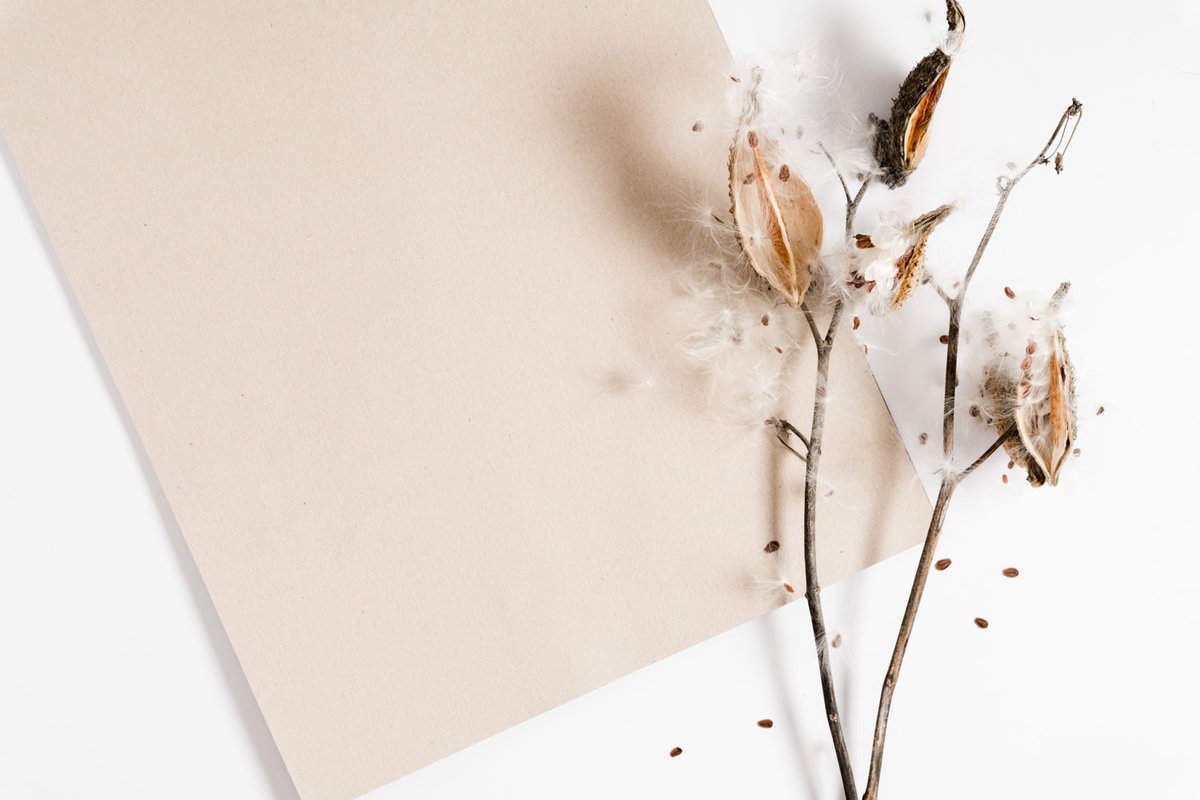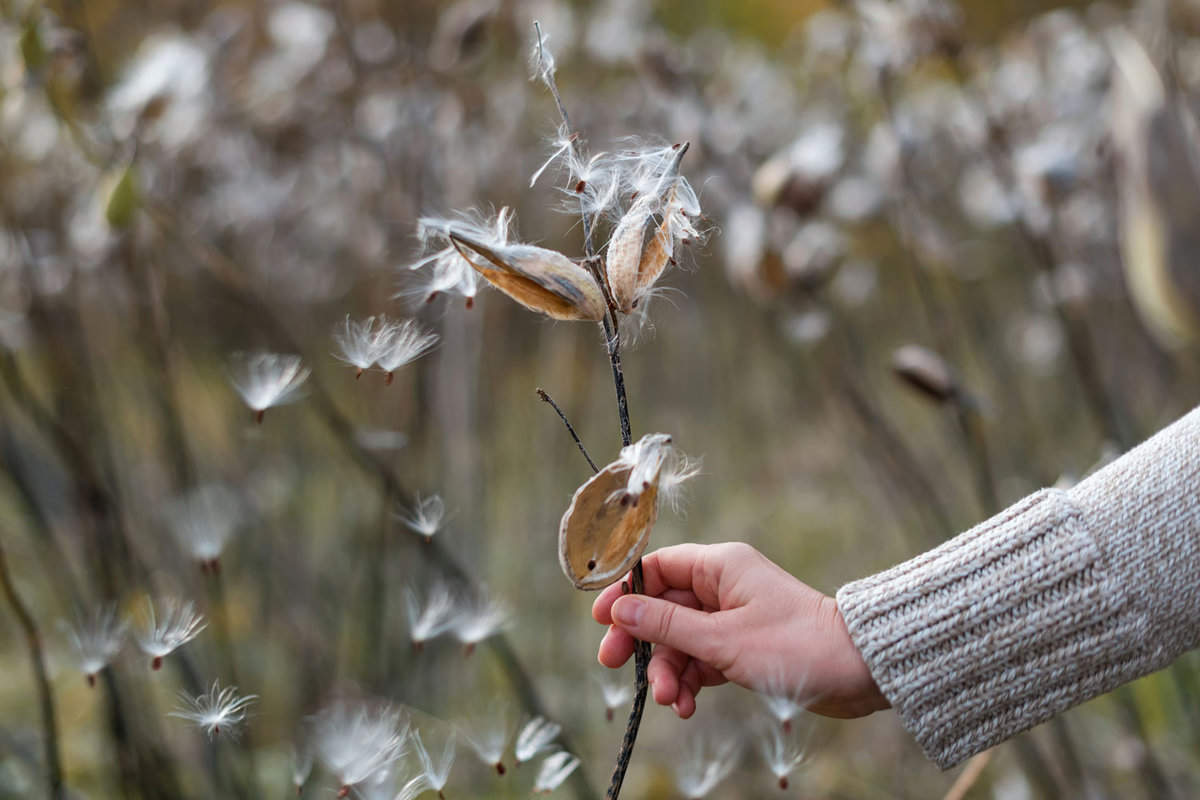If you're an avid gardener, you know that growing flowers is a rewarding experience. But have you ever considered saving the seeds from your favorite blooms?
Drying and storing flower seeds is a great way to preserve your favorite varieties and ensure that you can grow them year after year.

The key to successfully drying flower seeds is to let the blooms completely mature and dry while still on the plant.
As the flowers wither and die, they pave the way for new life by developing seeds inside. Once the seeds have matured, it's time to harvest them and prepare them for storage.
Proper storage is essential to preserving the viability of your flower seeds. Tiny seeds should dry via forced airflow from a fan in 24-48 hours. Large seeds like pumpkin seeds require much more time, 7-10 days.
Once dry, you can store your seeds in various containers, such as paper envelopes inside a Mason jar, a seed storage box, or even zip-closure bags with all the air pressed out.
Sounds interesting? Keep reading for more!
Know Your Flower Seeds
If you're interested in growing flowers, you'll need to understand the basics of flower seeds.
Knowing the different types of flower seeds and their anatomy can help you make informed decisions about which seeds to plant and how to care for them.
Types of Flower Seeds
There are two main types of flower seeds: annual and perennial.
Annual flower seeds grow into plants that live for one growing season and then die. Perennial flower seeds, on the other hand, can survive for multiple growing seasons.

It's important to note that not all flower seeds are the same. Some sources are hybrid varieties resulting from crossbreeding two different plant types.
Hybrid seeds can produce plants with unique characteristics, but they may not be as hardy or reliable as non-hybrid seeds.
Seed Anatomy
Flower seeds consist of several parts, each with a specific function. The outer layer of the seed, called the seed coat, protects the seed from damage and helps regulate water absorption.
Inside the seed coat is the embryo, which contains the plant's genetic material and the beginnings of its root and shoot systems.
The endosperm, a nutrient-rich layer surrounding the embryo, provides the energy and nutrients needed for the plant to germinate and grow.
When drying and storing flower seeds, it's important to remember these different parts.
Proper drying and storage help ensure that the seeds remain viable and healthy for planting in the future.
Related Post: Can You Grow A Sunflower From Sunflower Seeds?
Drying Flower Seeds
If you want to save and store flower seeds for next year, it is important to dry them properly. Here are some tips on how to dry flower seeds:
Harvesting Time
The best time to harvest flower seeds is when the petals have fallen off, and the seed pods are starting to dry out.
Make sure to harvest the seeds on a dry day, as moisture can cause the seeds to rot.
Drying Process
After harvesting, spread the seeds flat in a well-ventilated area out of direct sunlight.
Make sure to remove any debris or chaff from the seeds. You can use a sieve or strainer to help with this process.
Let the seeds dry for a few days once the seeds are spread out. You can tell when they are dry enough, brittle, and break easily when pressed between your fingers.
Common Mistakes
One common mistake when drying flower seeds is not allowing them to dry completely before storing them.
Moisture can cause the seeds to rot or mold, so ensure they are dehydrated before storing them.
Another mistake is storing the seeds in a place with too much humidity. Store the seeds in a cool, dry place like a paper envelope or airtight container.
Remember to label the seeds with the flower's name and the date they were harvested so that you can keep track of them for next year.
Related Post: Can You Just Throw Wildflower Seeds On Grass?
Storing Flower Seeds
Once you have collected and dried your flower seeds, it's time to store them properly to ensure their viability for future use. Here are some tips on how to keep your flower seeds:
Proper Containers
A suitable container is crucial to keeping your flower seeds fresh and viable. Here are some options:
- Glass Jars: Glass jars are an excellent option for storing flower seeds. They are airtight, moisture-resistant, and allow you to see the seeds inside.
- Plastic Bags: Plastic bags can be used to store flower seeds, but make sure they are airtight and moisture-resistant. Zip-closure bags are a good option, but remove as much air as possible before sealing.
- Paper Envelopes: Paper envelopes are a traditional option for storing flower seeds. They allow air to circulate, which can help prevent mold, but they are not moisture-resistant.
Ideal Conditions
The ideal conditions for storing flower seeds are cool, dry, and dark. A temperature between 35-40°F is ideal, and the humidity should be less than 50%.
Here are some tips on how to achieve these conditions:
- Refrigerator: The refrigerator is a great place to store flower seeds. Place them in an airtight container or plastic bag and store them in the vegetable crisper drawer.
- Freezer: The freezer is a good option to store your flower seeds for a long time. Please place them in an airtight container or plastic bag in the freezer.
- Dark Place: Store your flower seeds in a dark place, such as a closet or a drawer, to protect them from light.
Long Term Storage
If you want to store your flower seeds for several years, take extra precautions. Here are some tips:
- Silica Gel: Place a few packets of silica gel in the container with your flower seeds to absorb moisture and prevent mold.
- Vacuum Sealing: Vacuum sealing your flower seeds can help prevent moisture and air from getting in, which can extend their viability.
- Labeling: Be sure to label your container with the type of flower seeds and the date they were stored. This will help you keep track of their viability over time.
Troubleshooting Common Problems
When drying and storing flower seeds, a few common problems can arise. Don't worry. Here are some troubleshooting tips to help you avoid these issues.
Poor Germination
If your seeds are not germinating as expected, there could be a few reasons. One common issue is that the seeds were not properly dried before storage.
Ensure your seeds are completely dry before storing them to avoid any moisture-related issues.
Another common issue is that the seeds were stored in a location that was too warm or cold. Ensure your seeds are stored in a cool, dry location to avoid any temperature-related issues.
Mold and Fungus
If you notice mold or fungus on your seeds, it is important to act quickly to prevent the spread of the issue.
One common cause of mold and fungus is storing seeds that are not completely dry.
Ensure your seeds are completely dry before storing them to prevent mold and fungus. You can also add a small amount of silica-gel desiccant to each container to absorb excess moisture.
Pest Issues
Pests can be a common issue when storing flower seeds. To prevent pests, ensure your seeds are stored in airtight containers.
You can add a small amount of diatomaceous earth to each container to help deter pests.
If you notice pests in your stored seeds, act quickly to prevent the spread of the issue. You may need to discard any seeds affected by pests to prevent further damage.
Click here to buy this diatomaceous earth on Amazon.
Final Tips
Here are a few final tips to help you get started:
- Start small: If you're new to seed saving, start with a few easy-to-grow flowers and experiment with different drying and storage techniques until you find what works best.
- Keep it simple: You don't need expensive equipment or fancy tools to dry and store seeds. A few basic supplies like paper envelopes, jars, and labels are all you need.
- Be patient: Drying and storing seeds takes time and patience. Please don't rush the process, and make sure your seeds are completely dry before storing them to prevent mold and rot.
- Share your seeds: Seed saving is a great way to connect with other gardeners and share your favorite flowers. Consider joining a seed swap or sharing your seeds with friends and family.
Wrapping Things Up
Now that you know how to dry and store flower seeds, you can start building your own seed bank and enjoy the beauty of your favorite flowers year after year.
Remember to always use high-quality seeds, label them, and store them properly to ensure their viability.


